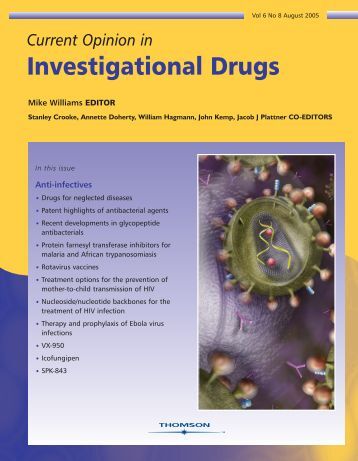
“Alzheimer’s disease (AD) is a neurodegenerative disorder, and is the most common type of dementia in the elderly population. Growing evidence indicates that microRNAs (miRNAs) play a crucial role in neuroinflammation associated with AD progression. In this study, we analyzed the expression of microRNA-139 (miR-139) as well as the learning and memory function in AD. We observed that the miR-139 expression was significantly higher in the hippocampus of aged senescence accelerated mouse prone 8 (SAMP8) mice (2.92 ± 0.13) than in the control mice (1.49 ± 0.08). Likewise, the overexpression of miR-139 by means of hippocampal injection impaired the hippocampus-dependent learning and memory formation. In contrast, the downregulation of miR-139 in mice improved learning and memory function in the mice. The level of cannabinoid receptor type 2 (CB2), a potential target gene of miR-139, was inversely correlated with the miR-139 expression in primary hippocampal cells. Furthermore, we demonstrated that miR-139 inversely modulated the responses to proinflammatory stimuli. Together, our findings demonstrate that miR-139 exerts a pathogenic effect in AD by modulating CB2-meditated neuroinflammatory processes.”









